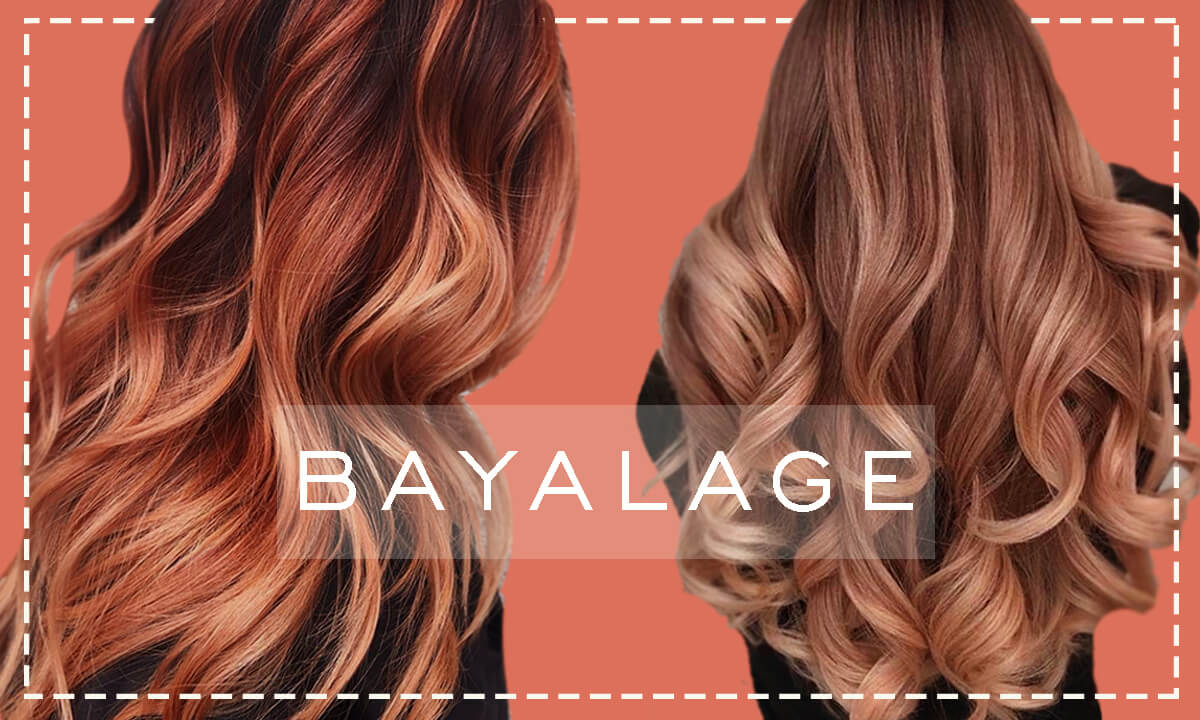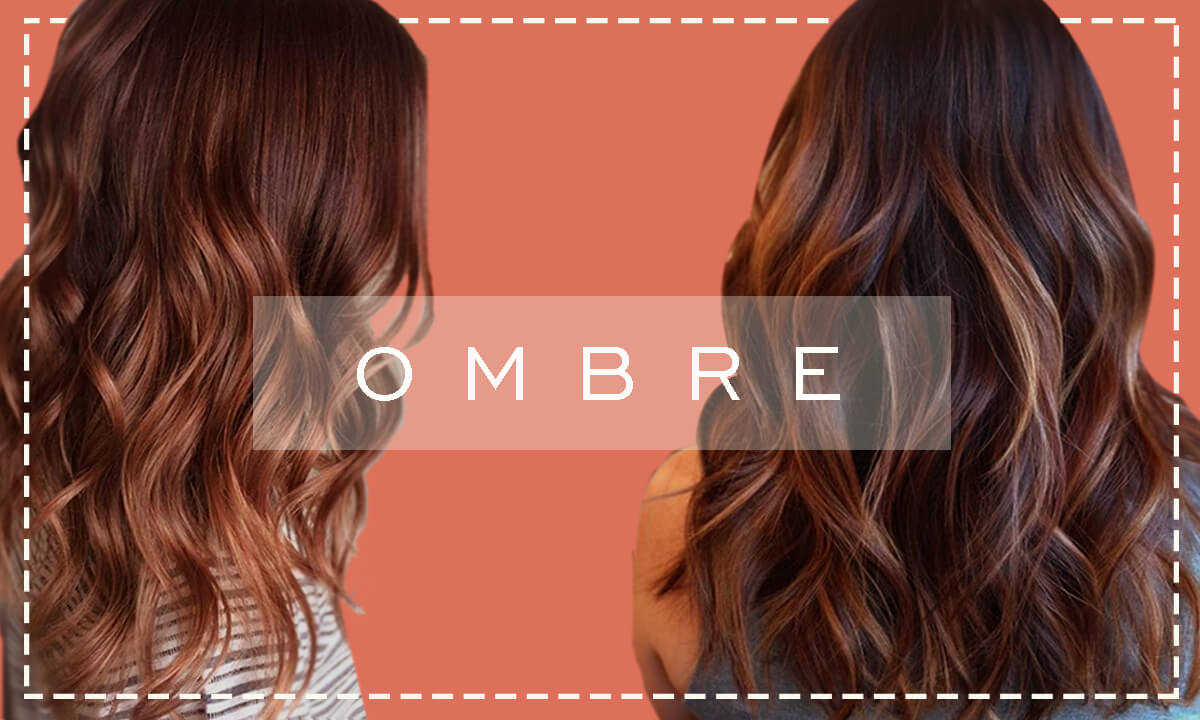Hair Highlights | Types of Highlights Hair | Balayage vs Highlights
Most of us have been dyeing hair for the majority part of our lives, and so did our ancestors. A subtler version of dye would be highlight which goes way back to ancient Greece around 4 B.C. yes, the highlight is that old, although they weren’t in their best form back then. Limited resources made Greeks make colors out of olive oil, pollen and gold flakes.
The person then sat in the sun for hours to set it. Not only was this method time-consuming, but it was also inefficient. This method was used for centuries to come. Then came the era of sulphur and lemon extracts, which fastened the process but was still very tedious and non-fragrant.
The recent highlights that we see today came to our rescue for the first time in the early 1900s. Head caps were used to color the desired portion of the hair, but the method soon lost popularity in wartime. Highlights returned in the 1980s.
They returned with a bang with an explosion of trends, and foiling was introduced in the picture. Foiling not only made the highlighting process more straightforward but made them long-lasting also.
Highlights have come a long way and are still undergoing significant transformations every year! Each year, we see new methods and tools entering the hairstyling industry to make our highlight experience better.
Regardless of which technique you decide to go with, there are a lot of benefits underlying highlights – lesser visits to the salon, i.e. less maintenance and add bounce and volume.
What are Highlights in Hair?
Highlighting is a hair coloring technique that is a perfect way for enhancing the look of your natural hair color by adding a splash of the spectrum.
A common misconception is that they are just blonde strands of hair in mouse or light brown hair. Believe it or not, they are way more than that.
Highlights are parts or sections of your hair where the strands of hair are lighter in color compared to your natural color.
Brunettes can have light brown or blonde highlights. Blondes can go with lighter blonde shades to incorporate highlights. Jet blackheads can opt for cherry red or gold colors for a remarkable change of color from their regular dull natural hair color.
There are so many options available that one may sometimes end up looking disastrous, or some may end up looking better than before. To save you from the former situation, we have come up with the ultimate guide to hair highlights. Consider this as a part of your daily hair care lessons.
Types of Highlights Hair
Talking about the highlights, the first and foremost thing to note down is that there are a lot of highlighting techniques available. Foiling is the most traditional one out of all; it is used to create dark or light contrasts in the different sections of hair depending on the shape and size of the foils.
There are newer techniques, Balayage being one of them, in which small and random pieces of hair are colored to give a livelier look to the overall hairstyle.
While there are a lot of options available for highlights home-kits and DIY hair highlights, it is not advisable to do so for the first time. You might not put the foil right or might choose the wrong color.
Talk to your hairstylist before experimenting with highlights to know what will suit your skin tone and your face. There are a lot of options available when it comes to choosing the type of hairstyle, read on to help you in this hair color journey:
1. Babylights

Just like its name, this kind of hair highlight is petite. They make hair look like they are sun-kissed. They look stunning on blondes as they define the face and the hair doesn’t look like you just popped out of a salon chair.
The perfect way to describe what it looks like would be to imagine a blonde child sitting under the sun. Those natural blonde highlights are precisely what baby lights look like. Get this highlight to add a glow to your locks.
2. Balayage Highlights

Balayage hair feels like someone hand-painted your hair and made it better than your previous natural hair color. Blonde hair is highlighted in darker shades, and brunette hair is highlighted in lighter shades to give a more natural look to the already highlighted hair.
Balayage is often confused as a different ‘look’, but it is just a different technique to highlight hair in a sweeping motion.
3. Flamboyage Highlights

Just as the sound of it, flamboyage adds flamboyance to your hair by adding all sorts of colors. The trendiest in the industry, it is a blend of ombre with Balayage.
These hair highlights are also known as peek-a-boo highlights as they peep through the hair. In other words, it is just Balayage with a hint of flamboyance.
4. Foil Highlights

This technique is used for giving more brightness and freshness to the hair. Foiling is done when people need more concentrated lighting. This option is used for people who want more lifted colors in their hair.
The foil helps in making the hair lighter when wrapped inside them and a bolder look. Also known as foil-yage as it is used to differentiate strands of hair from their natural color.
5. Ombre Highlights

If the roots are darker and the ends are lighter, then that person has done ‘Ombre’ hair highlights. These gorgeous hair highlights are one of the most famous techniques because they are simply amazing.
Ombre hair highlights are achieved when a shade of color is blended from root to tip in the form of a gradient.
6. Sombre Highlights

This version of highlights is a softer version of Ombre, and the ends and roots look almost the same.
These hair highlights are done to obtain a more natural look, times when you don’t feel like entirely changing the color of your hair, but you still desire some change.
Choosing this technique would be a great choice if people want to go for something which adds a hint of color to the hair but at the same time, doesn’t wander off from the natural hair color.
7. Frosted and chunky Highlights

These kinds of hair highlights are strictly recommended not to be tried at home. Because there are 100 ways it can go wrong and only five ways it can go right.
Tips of your hair are highlighted with some color to give a touch of multi-dimensional look to your hair.
Frosting usually suits people with short haircuts. The perfect example would be the hairstyles of those cute boy bands of the ’90s. Gotcha.
8. Ribbon Highlights

Similar to the Balayage method, this hair highlight colors the ends of hair and gives a dazzling look to the hair. If you have natural waves or curls, then this is the one for you.
The method adds depth to the hairstyle and brings out the natural element at the same time.
Balayage vs Highlights
Although Balayage comes under one of the highlighting techniques, it is known otherwise for its difference in methods. No one stopped to wonder what the actual difference between them is. That’s why we are here to tell you.
The difference between Balayage is the same as the difference between a princess and a beach model. Both of them look nice and appealing but have different characteristics.
Balayage is hand painted freely on random small and large sections of the hair. Highlights, on the other hand, follow a specific pattern and are placed carefully on decided sections of hair.
They are defined and not scattered somewhere in the hair. To be more precise, Balayage blends into the hair more than the regular highlights.
Highlights work by saturating individually selected strands of hair from the roots to the ends, while Balayage is softer and focuses more on enhancing the natural hair color.
Since highlights require more salon visits, need more touch-ups regularly, Balayage is preferred as an option for low maintenance over regular highlights.
While highlights give more definition to the frame of your face, Balayage adds more depth to the hair.
Partial vs Full Highlights
Partial highlights or full highlights, each of them has its pros and cons.
Partial highlights, as you can make out from the word, mean that half of your head would be colored in a different shade than your previous natural color. Basically -“half head of a color.” Partial hair highlights can be in any part – Mohawk section, front, top, front and top together.
Pros of Partial Highlights – More affordable compared to full highlights and lesser damage and lesser hair strands get bleached.
Cons of Partial Highlights – It easily hides in a pony and is not a good option if you are looking for a dramatic change.
Full hair highlights are as you imagined it would be – “a full head of color.” Almost all the strands of hair are wrapped in a shade darker or lighter than your natural hair color. This is a good option for those looking for an epic change of hair color.
Advantages of Full Highlights: You can look natural and like a frost queen, all at the same time, it just depends on how heavy you want it to be.
Disadvantages of Full Highlights: It is quite expensive and more damaging.
Conclusion
There is no particular season to get highlights! If you choose your style by looking into the do’s and don’ts of highlights, you would mostly end up with the desired look, unless it’s your unlucky day.
Don’t be in a rush and never go after the trend. What suits Miley Cyrus might look like a ball of disaster on your head. So, it’s imperative to choose the right technique and the right hairstylist of course
Changing the way your hair looks is always a bold move for any woman, even men. Make sure it’s an impactful one!
